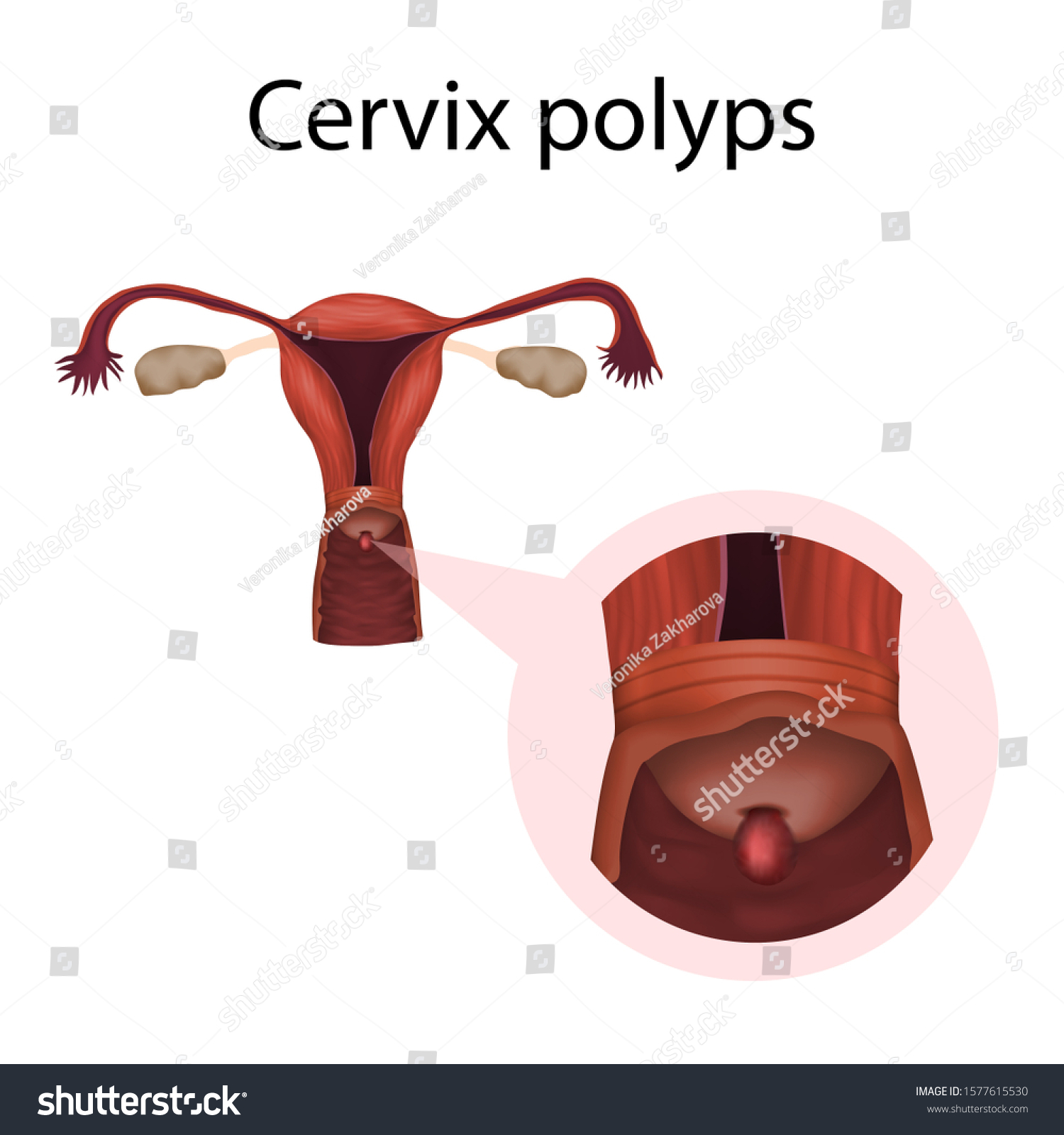Dental Whitening: Brighter Smile

The pursuit of a brighter, more radiant smile has become a cornerstone of modern oral aesthetics, with dental whitening emerging as one of the most sought-after cosmetic dentistry procedures. This widespread interest in achieving a whiter smile can be attributed to the psychological and social implications associated with brighter teeth, including increased confidence, perceived youthfulness, and enhanced overall appearance. As the demand for dental whitening continues to grow, so does the array of available treatments, ranging from professional in-office whitening and at-home whitening kits to innovative technologies like laser whitening. However, the effectiveness, safety, and appropriateness of these methods vary significantly, underscoring the need for informed decision-making guided by professional dental advice.
Understanding Tooth Discoloration
Before delving into the world of dental whitening, it’s essential to understand the causes of tooth discoloration. Teeth can become discolored due to extrinsic or intrinsic factors. Extrinsic stains are those that occur on the surface of the teeth, often resulting from lifestyle choices and environmental exposures, such as consuming coffee, tea, or red wine, smoking, and poor oral hygiene. Intrinsic stains, on the other hand, are embedded within the tooth structure and can be caused by aging, excessive fluoride exposure during tooth development, or trauma to the tooth. Each type of stain requires a different approach to whitening, making a correct diagnosis crucial.
Professional In-Office Whitening
Professional in-office whitening stands out as one of the most effective and safest methods for achieving significant improvements in tooth color. This procedure involves applying a high concentration of whitening agent (typically hydrogen peroxide) to the teeth, often in combination with a specialized light designed to accelerate the whitening process. The use of a higher concentration of whitening agent under professional supervision allows for more pronounced results, often visible after a single session. Moreover, professional application ensures the protection of gums and other soft tissues, minimizing the risk of irritation or other adverse effects.
At-Home Whitening Kits
For those preferring the convenience and affordability of self-administered treatments, at-home whitening kits offer a viable alternative. These kits usually contain lower concentrations of hydrogen peroxide or carbamide peroxide and are applied using trays, strips, or brushes. While their effectiveness can vary based on the product quality, user compliance, and individual tooth characteristics, many at-home kits can produce noticeable whitening over several weeks of consistent use. However, the lower concentration of active ingredients and the potential for improper use increase the risk of uneven whitening, tooth sensitivity, and gum irritation, emphasizing the importance of careful product selection and adherence to instructions.
Laser Whitening
Laser whitening represents a highly advanced and efficient method of tooth whitening, leveraging the power of laser light to activate the whitening gel applied to the teeth. This technology allows for more precise control over the whitening process and can produce rapid, dramatic results. The use of laser energy speeds up the chemical reaction, potentially leading to quicker and more effective whitening. However, the accessibility of laser whitening is limited by its higher cost compared to other methods and the necessity for specialized equipment and trained professionals.
Considerations and Precautions
While dental whitening can significantly enhance the appearance of teeth, it is not without its considerations and potential drawbacks. Tooth sensitivity is a common, albeit temporary, side effect of many whitening treatments. Additionally, whitening may not be equally effective on all teeth, particularly those with intrinsic stains or dental restorations like fillings or crowns. Moreover, overuse or misuse of whitening products can lead to over-whitening, resulting in an unnatural appearance, or damage to tooth enamel and gums.
The Role of Dental Professionals
Given the complexity and variability of individual responses to whitening treatments, the guidance of dental professionals is indispensable. Dentists can assess the suitability of a patient for whitening based on their oral health, the nature and extent of discoloration, and other factors. They can also provide personalized recommendations, ensuring that the chosen method aligns with the patient’s expectations, budget, and oral health status. Moreover, professional supervision can help mitigate potential risks, offering timely interventions should any adverse effects arise.
Conclusion
The quest for a brighter smile through dental whitening has evolved into a sophisticated and highly personalized journey, with a myriad of options available to suit diverse needs and preferences. From the precision and immediacy of in-office professional treatments to the convenience of at-home kits and the innovation of laser technology, each method presents its unique set of advantages and considerations. By navigating this landscape with the expert guidance of dental professionals, individuals can make informed decisions, weighing the potential benefits against the potential risks to achieve a whiter, healthier smile that reflects their overall well-being and confidence.
What are the most common causes of tooth discoloration?
+Tooth discoloration can result from extrinsic factors such as consumption of staining foods and beverages (like coffee, tea, and red wine), smoking, and poor oral hygiene, as well as intrinsic factors including aging, excessive fluoride exposure during tooth development, and tooth trauma.
How long do the effects of dental whitening last?
+The durability of dental whitening effects can vary significantly among individuals, depending on factors such as the original color of the teeth, the whitening method used, and post-whitening oral care and lifestyle habits. On average, results can last from a few months to up to three years before a touch-up treatment is necessary to maintain the desired level of whitening.
Is dental whitening suitable for everyone?
+Dental whitening is not recommended for everyone, particularly those with severe tooth decay, gum disease, or exposed roots. It is also not suitable for individuals with dental work such as fillings, crowns, or dentures, as these materials do not respond to whitening agents. Pregnant or breastfeeding women and individuals with sensitive teeth or allergies to whitening products may also need to avoid certain whitening treatments or consult closely with a dentist before proceeding.
How can I maintain my teeth whitening results?
+Maintaining the results of dental whitening involves a combination of good oral hygiene practices, lifestyle adjustments, and follow-up dental care. Regular brushing and flossing, along with routine dental check-ups, are essential. Limiting the consumption of staining substances, quitting smoking, and avoiding habitual behaviors like nail biting can also help in preserving the whiteness of the teeth. Additionally, touch-up treatments as recommended by a dentist can help in sustaining the desired level of tooth color.


